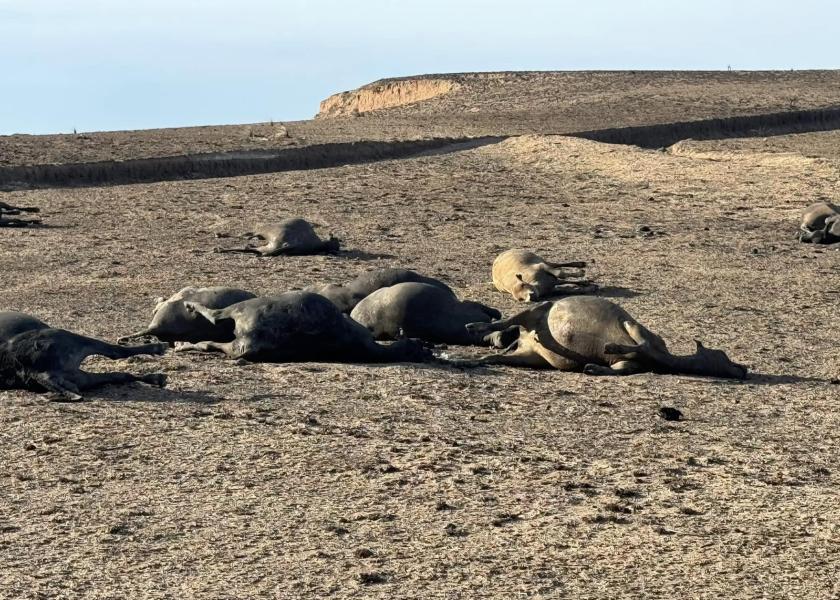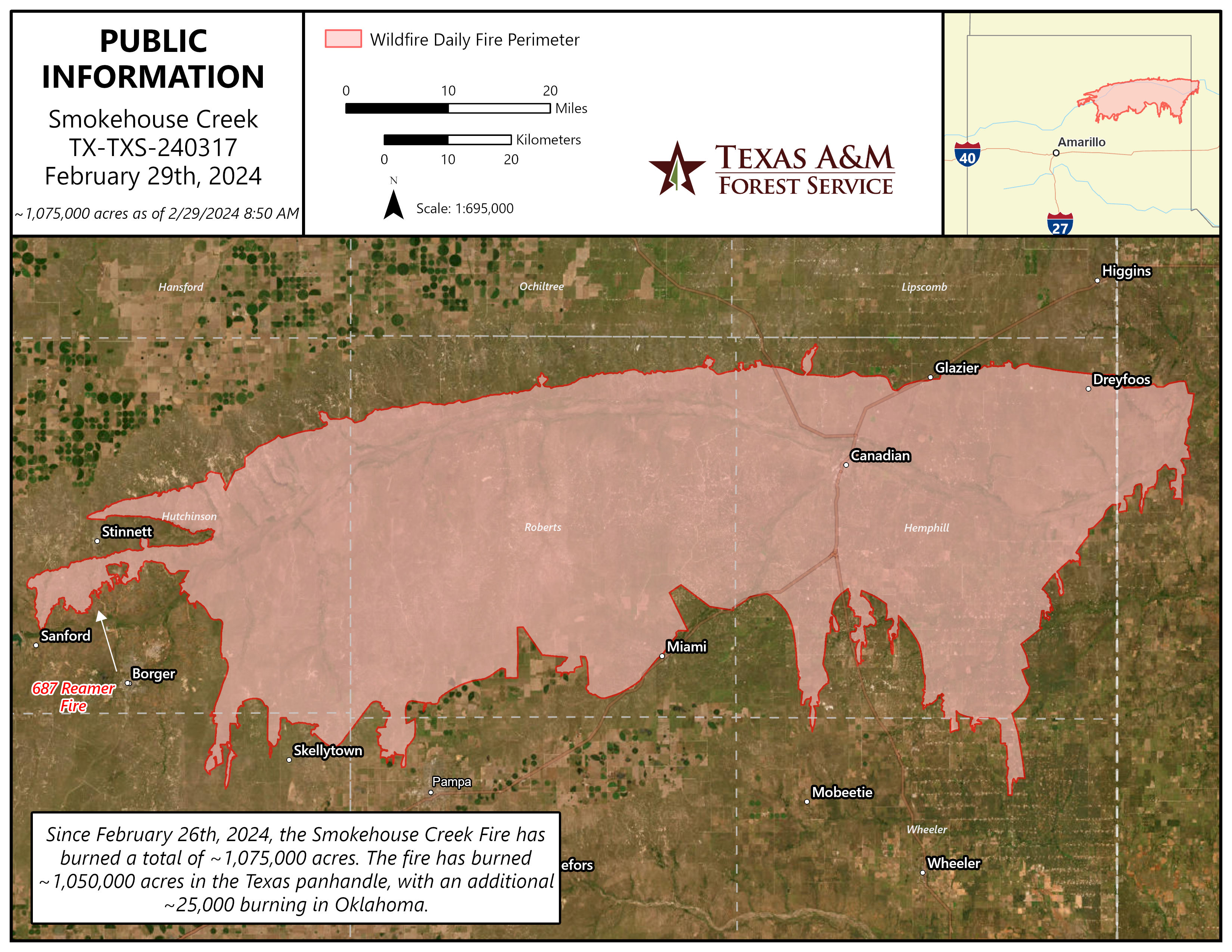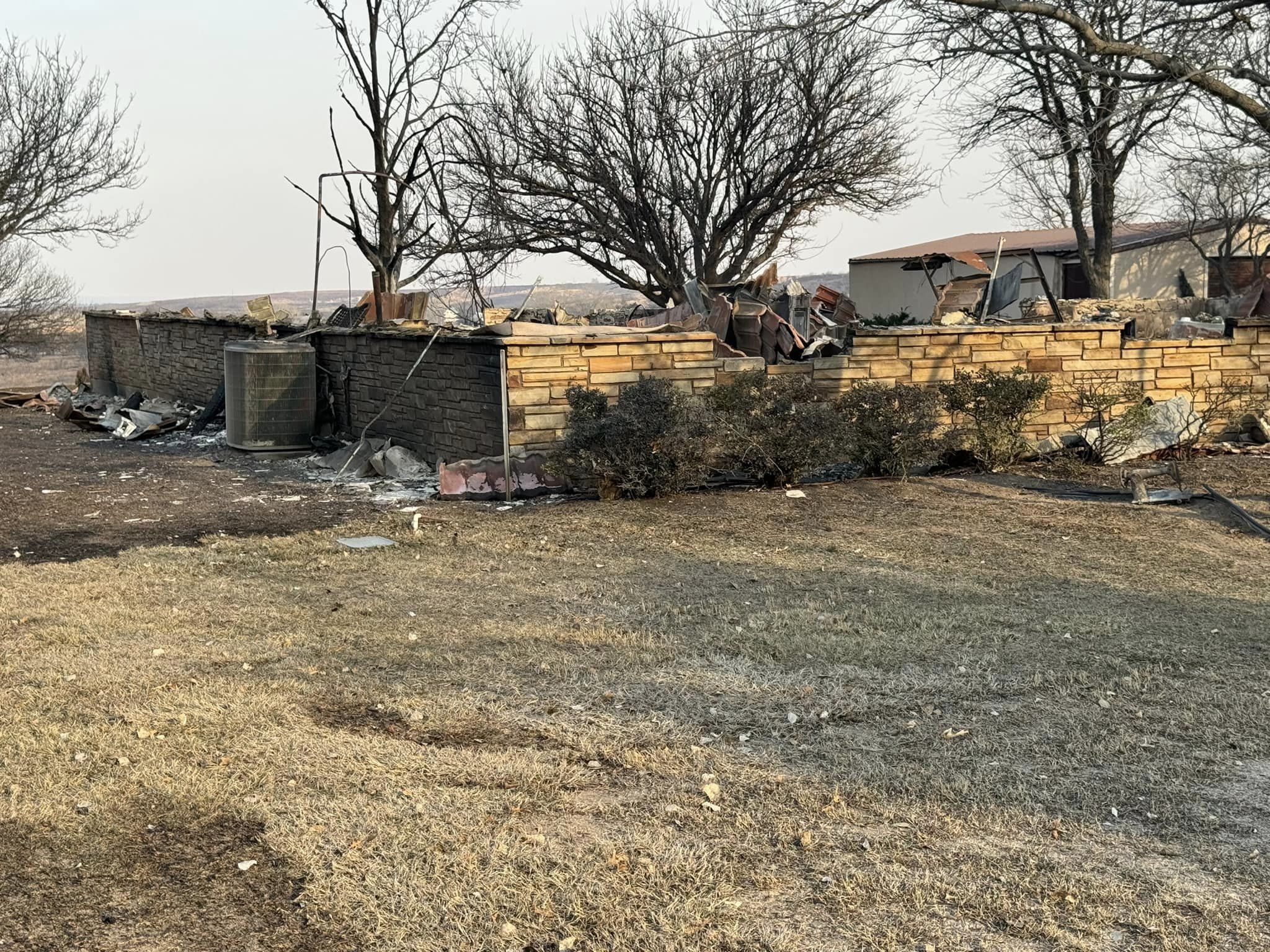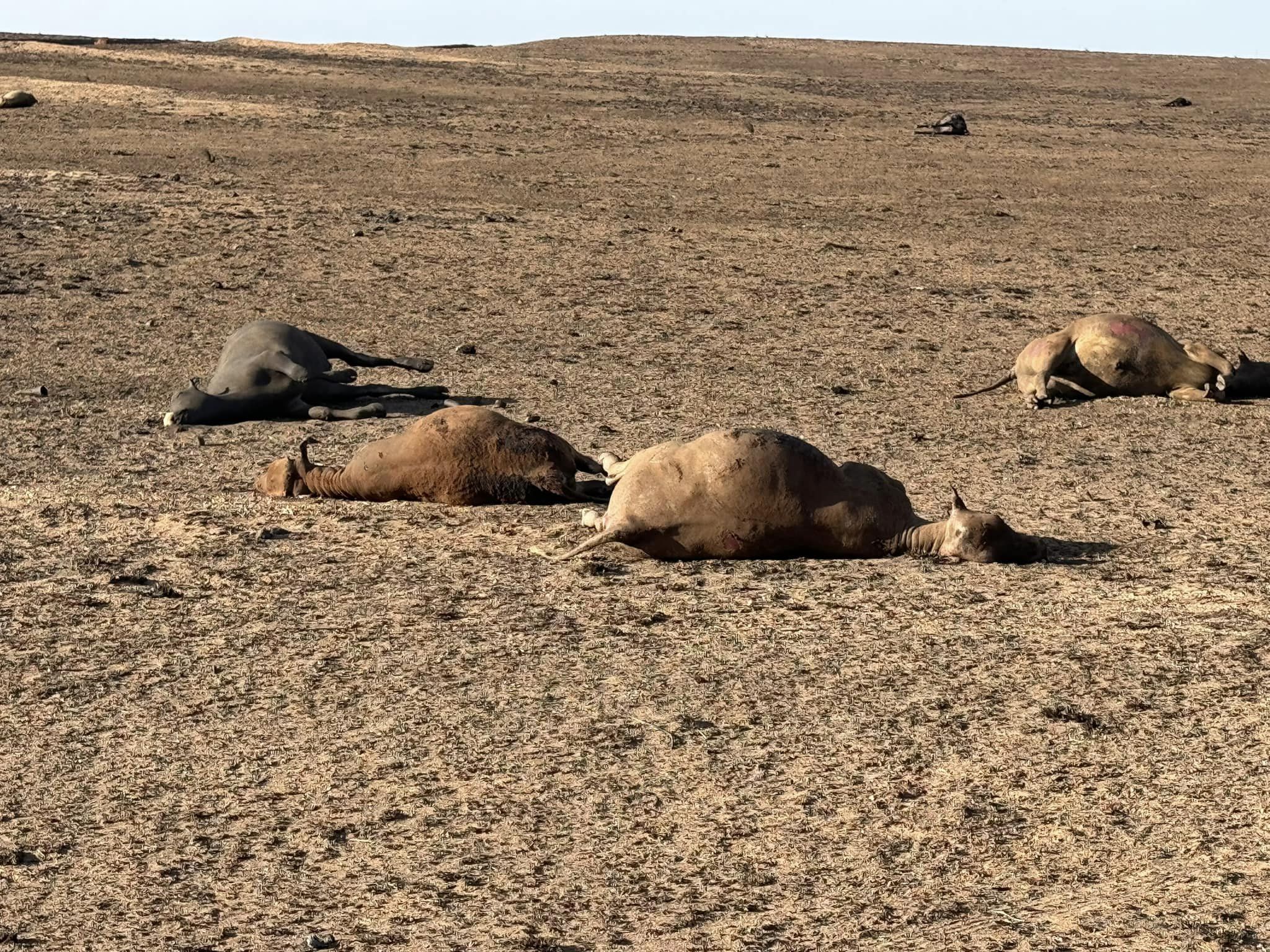Smokehouse Creek Fire is Officially the Largest in Texas History

The devastating Smokehouse Creek Fire in Hutchinson County is officially the largest fire in Texas history, now covering an estimated 1,075,000 acres, according to the Texas A&M Forest Service.
As of Thursday morning, the fire was only 3% contained. The Smokehouse Creek Fire eclipsed the East Amarillo Complex Fire in 2006, which was measured at 907,245 acres, and previously held the title of largest fire in Texas history.

Fire crews are working hard to combat the enormous wildfire at Smokehouse Creek, before heightened winds Friday and into the weekend threaten to make the job more difficult.


The fire has cause widespread destruction in northern Texas, where 83-year-old Joyce Blankenship was killed by the inferno in Hutchinson County, her family said.
• In addition to the mammoth Smokehouse Creek Fire, the Windy Deuce Fire in Texas has torched 142,000 acres and was 30% contained as of early Thursday morning.
• The Grape Vine Creek Fire has charred 30,000 acres and is 60% contained.
• The Magenta Fire has seared 2,500 acres and is 65% contained.
• The 687 Reamer Fire has burned more than 2,000 acres and is 10% contained.
• Texas Gov. Greg Abbott authorized additional state resources to fight the blazes, including 94 firefighting personnel, 33 fire engines and six air tankers.
Additional information and resources are continually updated and available online at www.tscra.org/disaster-relief-fund.
The Oklahoma Cattlemen's Foundation Disaster Relief Fund here.


Related stories:
Wildfires Raging in Texas, Oklahoma Panhandle Region Threaten Residents and Livestock
Hay, Feed, Fencing Supplies Needed to Support Panhandle Wildfire Victims







